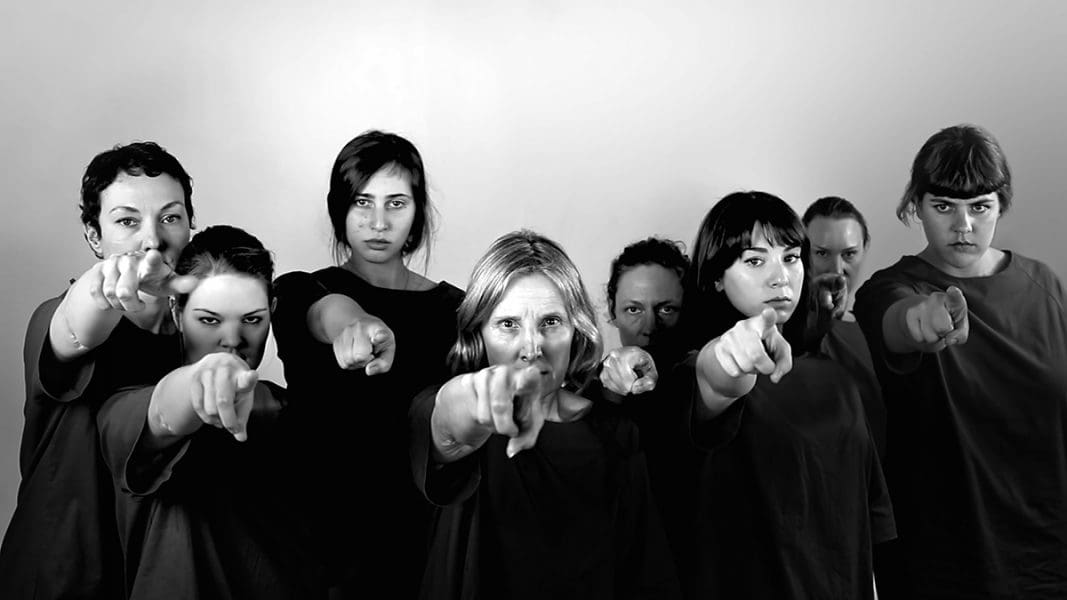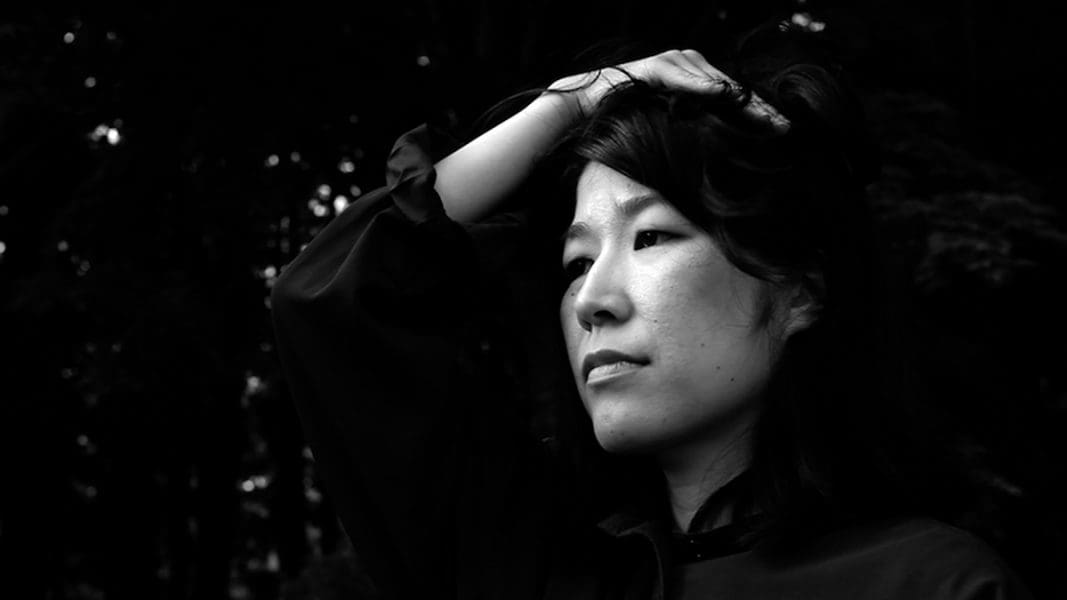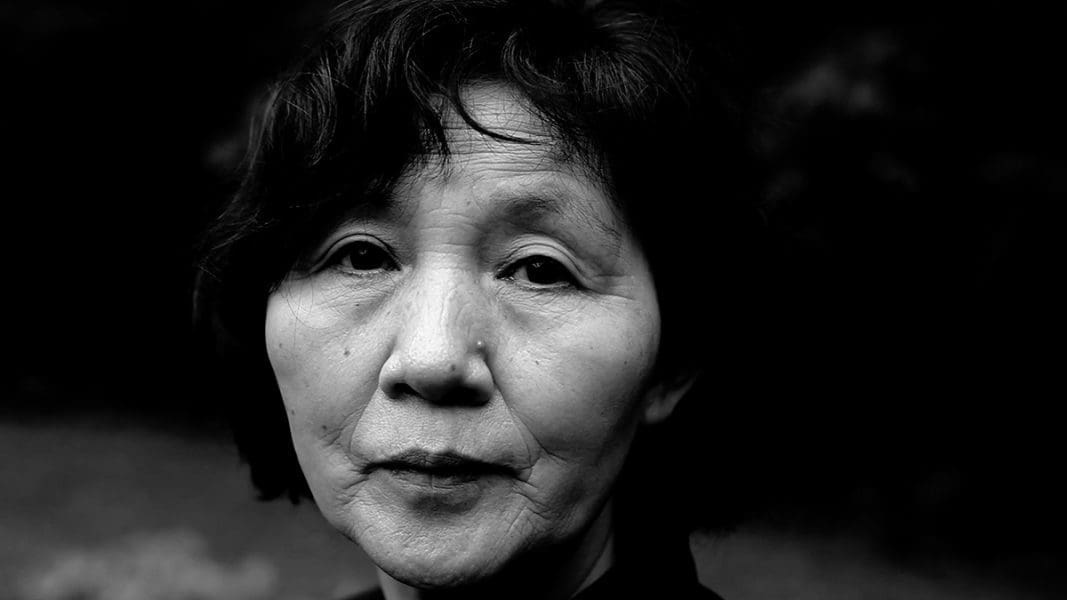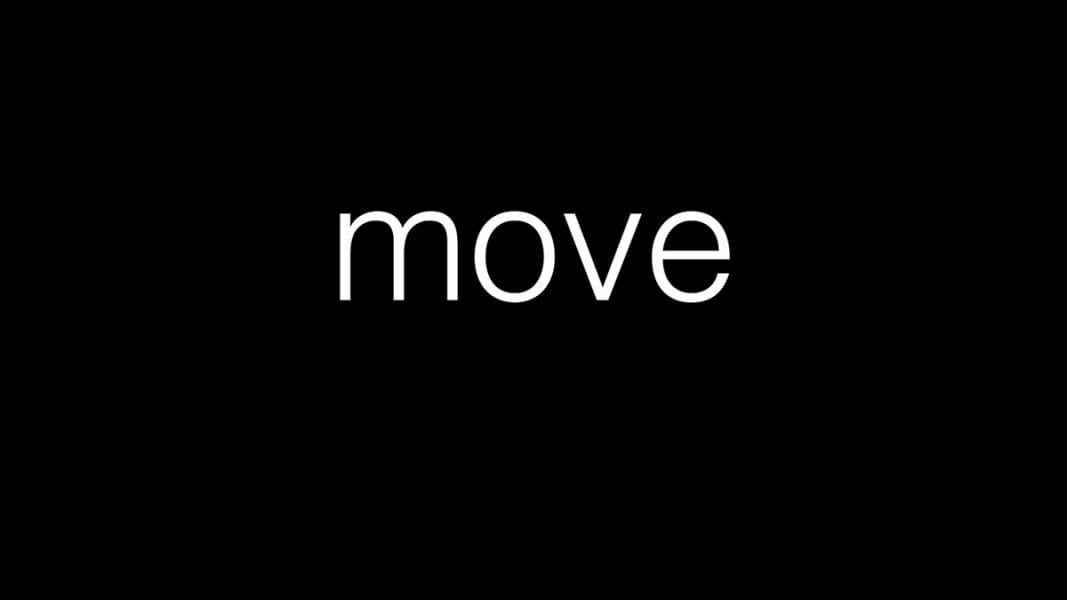
Piercing the veil
A new exhibition at Buxton Contemporary finds a rich complexity in the shadowy terrain between life and death.

Gabriella Mangano and Silvana Mangano, There is no there (still) 2015, single-channel High Definition digital video; 16:9, black and white, sound, 10 minutes 27 seconds; edition 2 of 3. Geelong Gallery. Purchased with funds generously provided by Geelong Contemporary, 2018. Reproduced courtesy of the artists and Anna Schwartz Gallery.

Gabriella Mangano and Silvana Mangano, When mountains move (still) 2018, three-channel High Definition digital video; 16:9, black and white, colour, sound, length variable. Commissioned by the Aomori Contemporary Art Centre, Japan. Reproduced courtesy of the artists and Anna Schwartz Gallery.

Gabriella Mangano and Silvana Mangano, When mountains move (still) 2018, three-channel High Definition digital video; 16:9, black and white, colour, sound, length variable. Commissioned by the Aomori Contemporary Art Centre, Japan. Reproduced courtesy of the artists and Anna Schwartz Gallery.

Gabriella Mangano and Silvana Mangano, When mountains move (still) 2018, three-channel High Definition digital video; 16:9, black and white, colour, sound, length variable. Commissioned by the Aomori Contemporary Art Centre, Japan. Reproduced courtesy of the artists and Anna Schwartz Gallery.
Quiet and considered movement and gesture pervade Gabriella and Silvana Mangano’s lyrical, mainly video based, practice. In There is no there, a video work currently showing at Geelong Gallery, gestures were lifted from newspaper photography from 2015 and translated into choreography enacted by a group of female participants, resulting in gentle political performative actions of the body rendering world events from that year.
This work marked a deviation in the twin sisters’ practice: it was the first time that they used performers other than themselves, and the first time they considered politics. “The work was commissioned for the 8th Asia Pacific Triennial (APT8) in 2015, where the emphasis was on the use of the human form, the human expression, in a social, cultural and political context,” says Gabriella. “What is the artists’ role in conveying these ideas? With our work previously we never really talked about the political body. With APT it was the first time that we could think about this.”

The connection between news and performance was inspired by an early 20th-century photograph that the twins stumbled across in Moscow, which struck a chord with its method and aesthetic. “This was the starting point for us, seeing documentation of a group of women in this image and not really understanding what they were doing,” says Silvana. “I think it was something we could relate to because of its line and composition, which are all the elements that we aspire to in our work.”
“The image was of a line of textile workers and they all had their arms linked which gave the impression of this roll of fabric running across their bodies,” continues Gabriella. “The photograph just made us think about how we use the body and how the movement in our videos creates repetition.” After research, they discovered that the photo was of a Blue Blouse group: acting troupes deemed ‘living newspapers’ in Soviet Russia who would travel and perform news, that suited the party line, to a largely illiterate public
The notion of translating news into movement appealed to the twins and they began to scour current newspapers for gestures in news images of topical, and mostly harrowing, events. This included Syrian refugees seeking asylum in Europe, Australian doctors covering their mouths in silent protest over Australia’s Border Force Act 2015, and a man aggressively pointing his finger at an anti-Islam rally in Melbourne.
When the ‘pointing finger’ gesture was performed by a group of women in There is no there its effect on the viewer shifts. “We wanted to grab all these gestures and empower these women with gestures, but when these women point it’s no longer aggressive,” says Gabriella. “They’re making you aware of where you are and how you feel.”
The title There is no there is derived from a quote by Gertrude Stein, who, on returning to her home town discovers that the house she grew up in is no longer there. “We used this title because we are in a state of flux and everything keeps changing. You see one story and then it disappears and is replaced by another story,” says Gabriella. “We’re interested in that space where you talk about a particular story, where an event happens and it just disappears, and something else replaces it. The ‘there’ doesn’t exist anymore because you wake up and tomorrow there is something else.”
There is no there
Gabriella Mangano and Silvana Mangano
Geelong Gallery
8 December – 10 February 2019